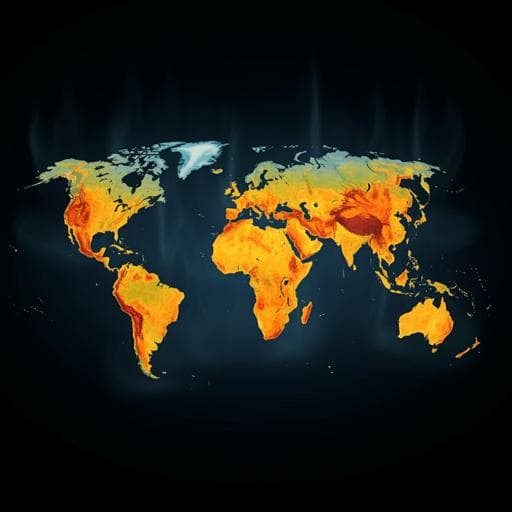
Environmental Studies and Forestry
Change in cooling degree days with global mean temperature rise increasing from 1.5 °C to 2.0 °C
N. D. Miranda, J. Lizana, et al.
As global warming targets slip from reach, a new study reveals a staggering rise in cooling demands, especially in African nations. This vital research, led by experts including Nicole D. Miranda and Jesus Lizana from the University of Oxford, emphasizes the urgent need for immediate adaptation strategies.
~3 min • Beginner • English
Related Publications
Explore these studies to deepen your understanding of the subject.







